A tree survey will generally be required by your local planning authority whenever trees are located on, or adjacent to, a site intended for development. The survey is carried out by a qualified arboriculturist and details all the information about the trees in question, including species, measurements (e.g. height and stem diameter), condition, root protection areas, life expectancy, retention category and management recommendations.
The raw data is used to produce a tree constraints plan for your site, showing the tree locations, crown spreads, BS 5837 retention category, shade area and root protection areas. The data can be plotted onto a topographical site survey or a licensed OS map and can help to inform future tree management and tree protection plans. This information can be provided in CAD format to feed directly into the architectural design process and highlight any development constraints and recommendations as the project develops.
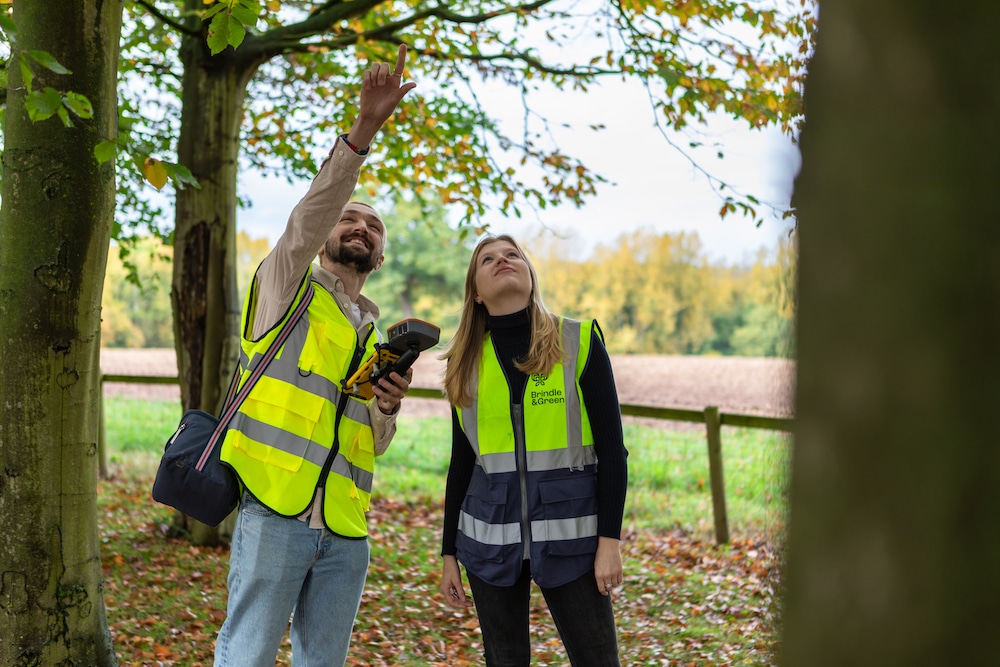
An Arboricultural Impact Assessment is typically requested by the planning authority to determine the impact of development proposals on existing trees on or around the sites peripheries. The report details the expected above- and below-ground impacts of the proposals on existing trees. The impact assessment identifies the trees to be retained, removed and any potential conflict with the development.
The impact assessment will contain a scaled tree protection plan, illustrating the trees for retention, removal, and any relevant protection measures.

Our arboricultural team can provide pragmatic solutions and offer technical mitigation measures when working close to trees, potentially including recommendations for:
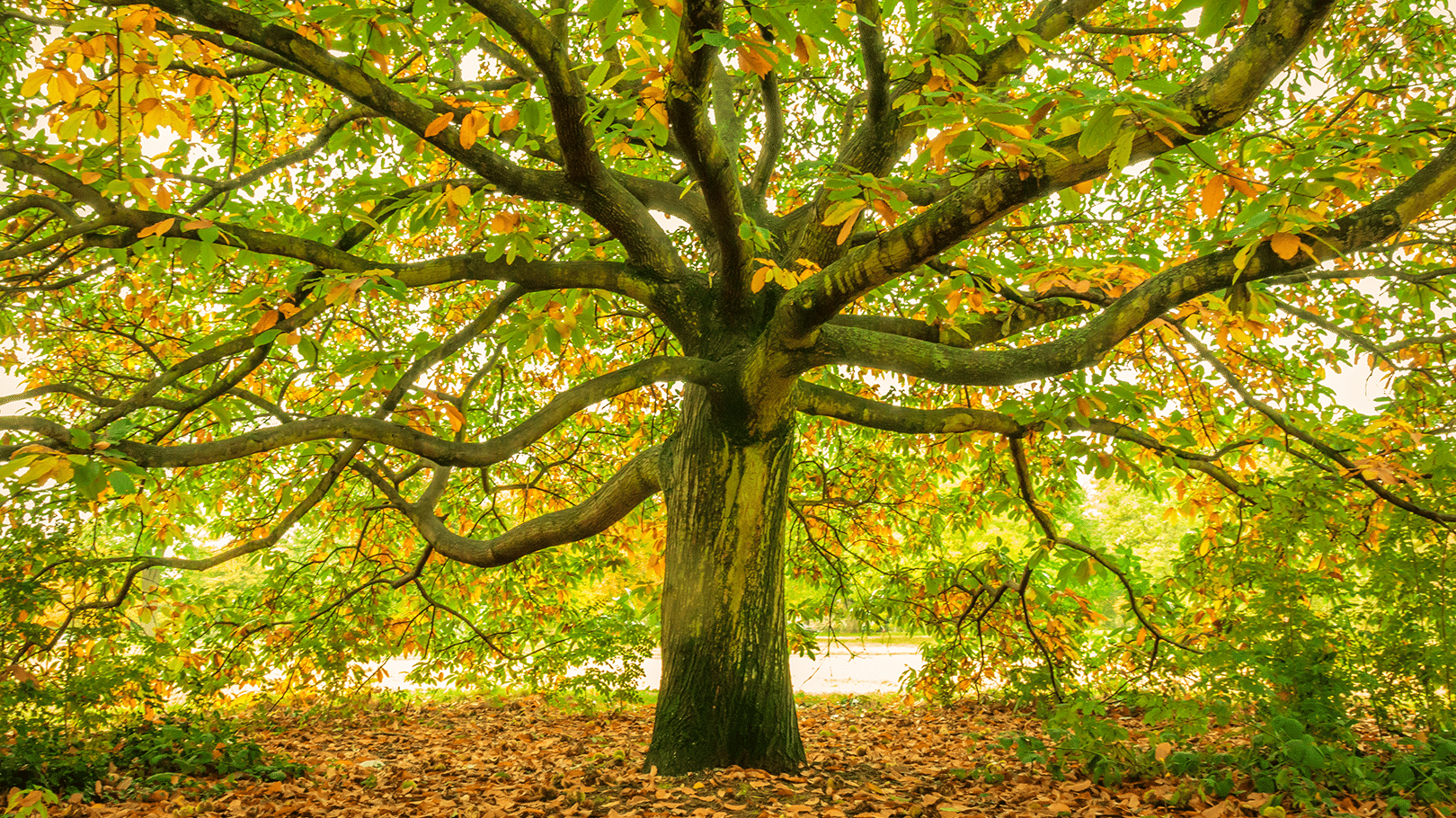
Woodland management plans give landowners and managers a comprehensive and structured way to plan and implement sustainable management of their woodland. Our management plans consider the woodland’s overall condition and health, identifies trees of individual merit, and helps to understand various opportunities and constraints of the site. Our experienced consultants work closely with our clients, and other inhouse departments to deliver a management plan that fits closely with their objectives for the woodland, whether that be ecological enhancement, selective felling, or new planting.
Creating a woodland management plan for your woodland can demonstrate a long-term sustainable commitment to management and help to support the planning and implementation of work proposals and monitoring. Our management plans can range from simplified reports to highly detailed documents designed to support applications for environmental stewardship grants. Some grant schemes require an approved management scheme prior to making an application and mean it is possible for landowners/managers to be issued with a feeling license of up to 10 years.
A tree’s Root Protection Area (RPA) is a design layout tool which shows the minimum area around a tree that holds enough roots and rooting volume to maintain the tree’s viability; while RPAs are traditionally shown as being circular, in reality this is not always the case. Pre-existing site conditions (e.g. dwellings, walls, hardstanding) can influence where roots are likely to be distributed and, as such, RPAs are often amended to produce an asymmetrical polygon.
Root investigations can help to determine the distribution of roots with greater accuracy and is typically performed where development may be in close proximity to a tree which is to be retained. Root investigations involve completing a series of trial trenches within the RPA, either by hand excavation or with an air spade, with any exposed roots suitably protected. Root investigations can sometimes prove the absence of significant rooting material in an area of the RPA and can help justify the suitability of a proposed development location.
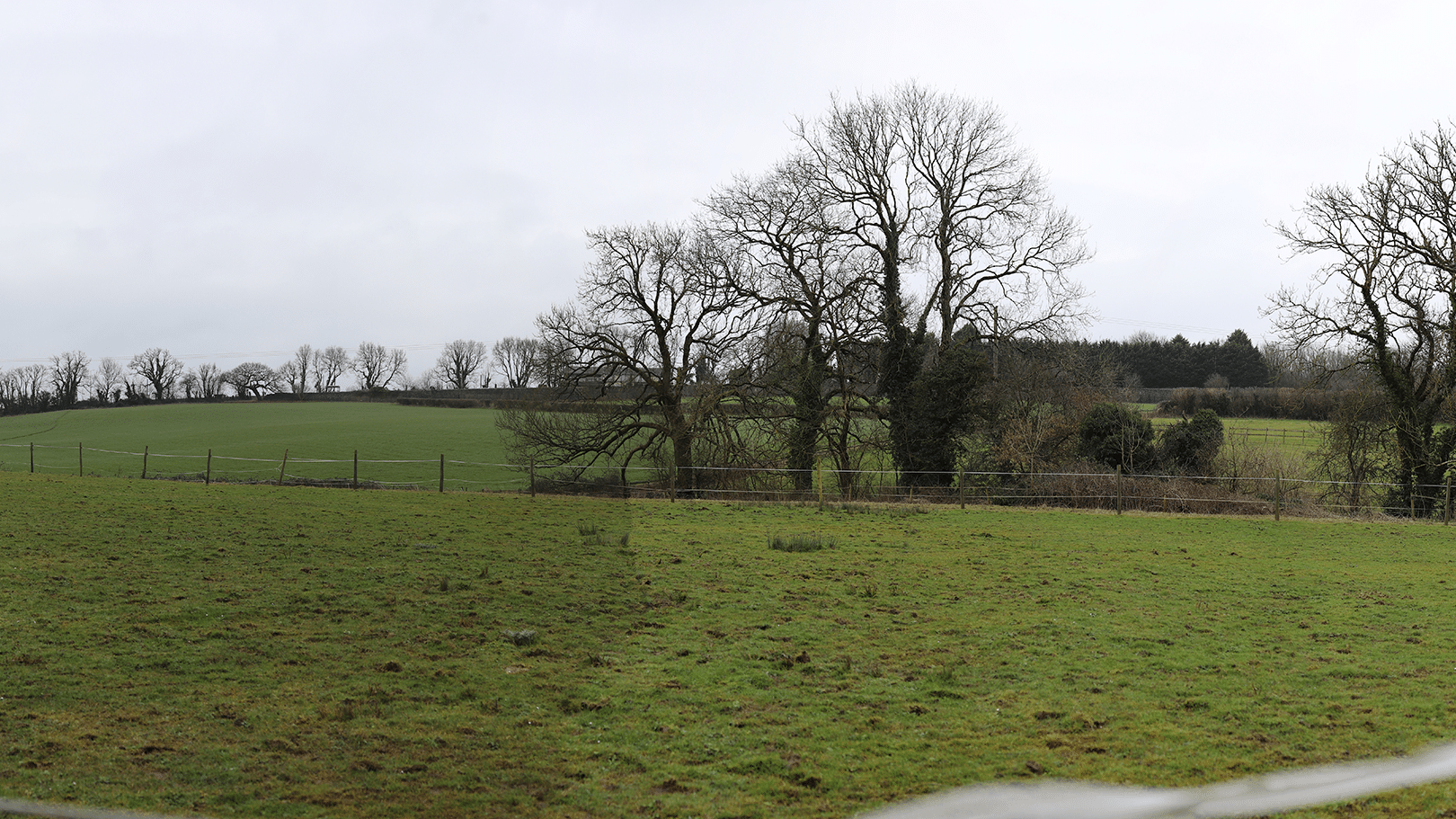
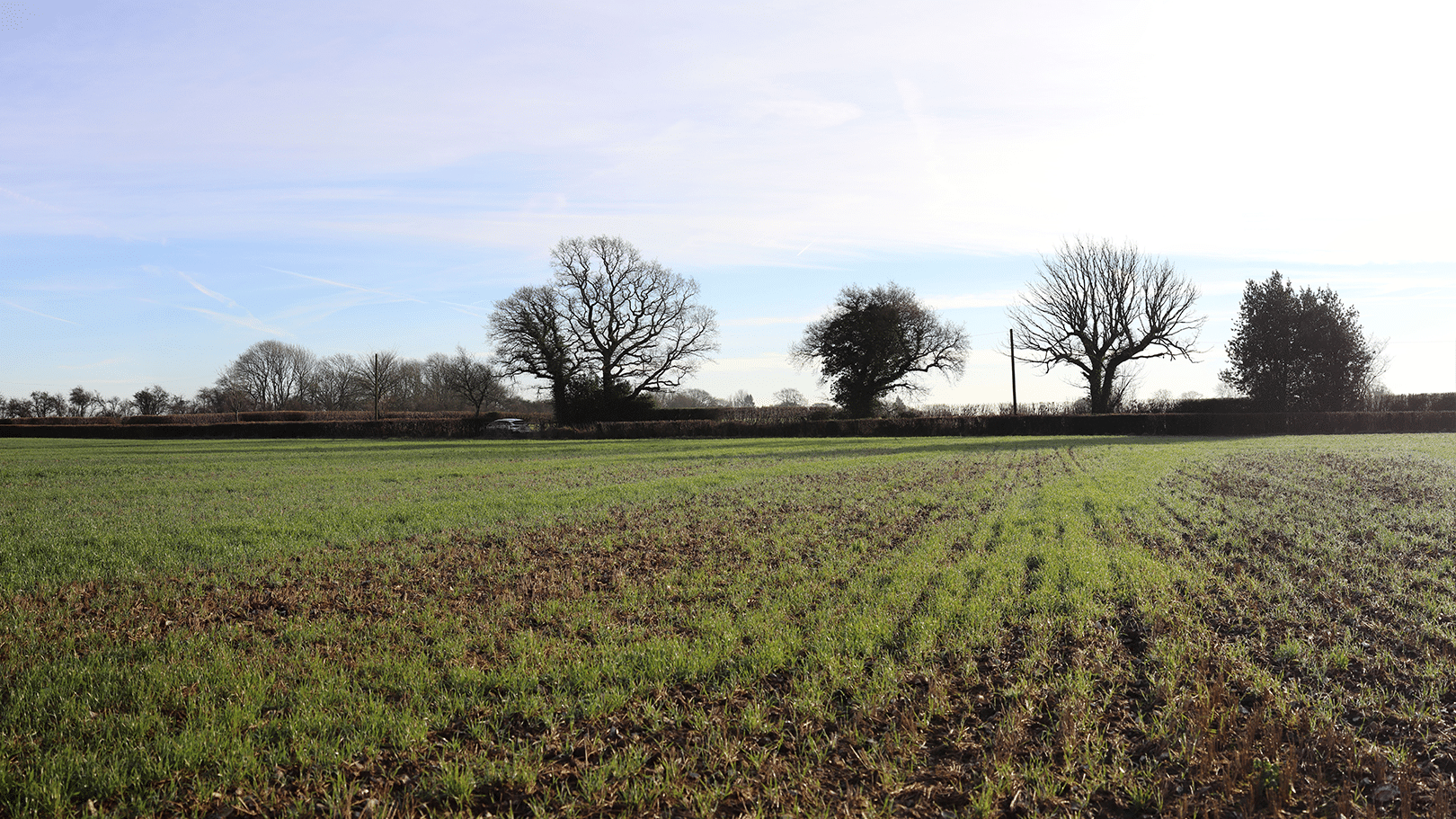
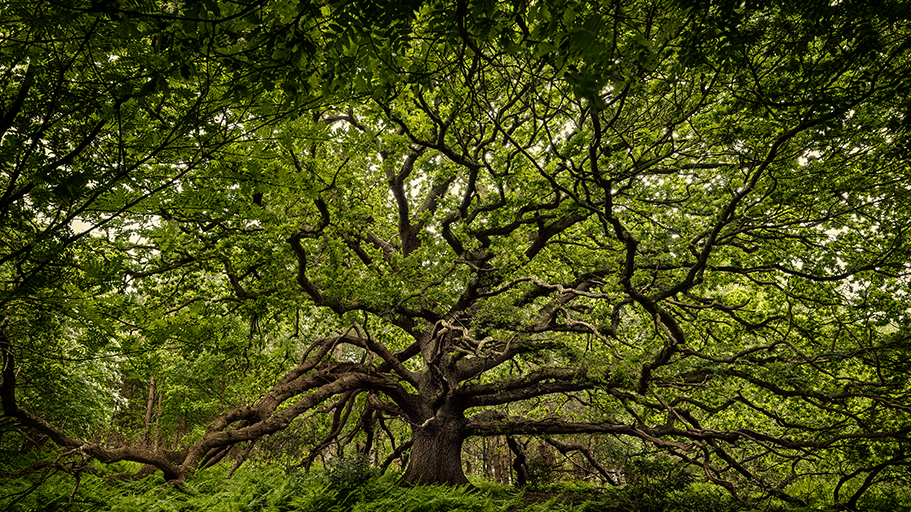
Your local planning authority may request an Arboricultural Method Statement as a planning condition, or as part of an initial application. The method statement contains all the relevant best practice guidance and tailored methodology for the implementation of tree protection measures on a development site. This may include but its not limited to the installation of ground protection, works within the root protection area or replanting guidance.
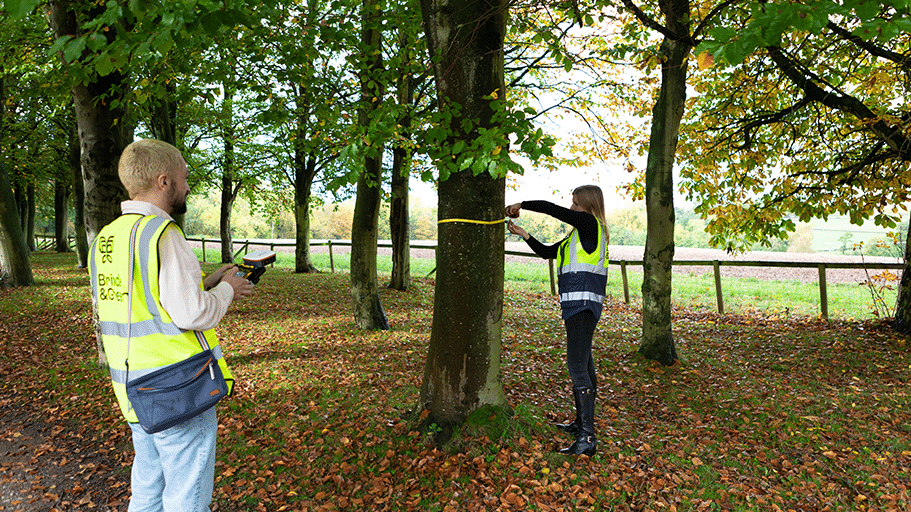
Legislation is in place to protect trees of merit and value within our neighbourhoods. Often through conflict with dwellings or structures or due to detreating health works on these trees are required in both the domestic and development settings. Trees may be protected under a Tree Preservation Order (TPO) or due to their location within a Conservation Area (CA). To conduct work on a TPO tree, written consent is required from the local planning authority.

Brindle & Green’s ecology team recently undertook a detailed fungal survey to better understand and protect one of the UK’s most overlooked ecological assets – waxcap grasslands.

We’re excited to welcome Stephanie to our Finance team as a Management Accountant!

We’re delighted to welcome Sammy Rudd to Brindle & Green as our new Marketing and Business Development Assistant!